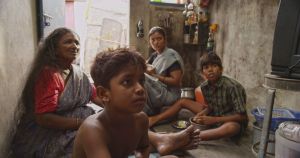It was a pleasant January morning, close to the Marina beach. More than 30,000 people – of all ages, gender and from different parts of the state have been gathering there, every morning for 5 days in a row, to witness the fate of the country pan out.
No, I am not talking about Jallikattu.
The year was 1999. On Sunday, Jan 31st, India was chasing 298 to win the first test against Pakistan and at 50 for 2, things were looking ominous. As Ravi would say, Wasim bhai was ‘making the ball talk’. Dravid had just survived a close LBW shout to a ball that straightened. The next one held its course. This was followed by arguably one of the most extraordinary deliveries in Test cricket ever, where the ball pitched in line with the leg stump and swung about 3 inches – the geometrically perfect deviation to miss Dravid’s outside edge and still kiss the top of the off stump. The crowd instinctively let out a collective wow, before reality sunk in and plunged them into a sea of silence. They would later give the Pakistan team a standing ovation as they took a victory lap for the only time in a foreign land (no, Dubai is not foreign). It was probably the game that earned them the tag ‘knowledgeable Chennai crowd’ – an acknowledgement that this audience could transcend beyond the naivety of patriotism and embrace the nuance of Sport.
There was nothing nuanced about the Jallikattu protests though, 18 years on. What was a purposeful, focused resistance on a local issue that started in Alanganallur the previous week, was the perfect, lighted matchstick to the dried haystack that was TN. The protest was an epic, public clash of two schools of thought, that were both enormously flawed. Or as Nolan might put it, it was “an unreasonable force colliding with an illogical object”.
The ban on Jallikattu itself was absurd and it needed to be protested. It was fairly evident that the people who wanted to ban the sport spent precious little time understanding it. For example, both the courts and the media often referred to the sport as bull taming – something that the sport doesn’t involve at all. The whole concept of ‘cruelty’ is also extremely subjective in a country where the meat industry is supported by more than two thirds of its population.
But the argument on the street was equally absurd. PeTA was made out to be this monster lobbyist who had bottomless funding and allies in governments across the globe to carry out their desires at will. That’s a bit like saying AK Hangal was the leading man in Sholay. Most people on the beach pronounced the words ‘vaadi vaasal’ for the first time (and most likely the last). And their overall understanding of the economics of the milk industry was poor. The scale of Jallikattu was too small to either create or destroy a milk consumption pattern and the indigenous breeds in question were anyway low yielding ones with no impact on production. It was basically a protest fuelled entirely by WhatsApp forwards. Only, it was no Tahrir square.

(Image credit:NDTV)
This was certainly not the famed ‘knowledgeable Chennai crowd’. But something else was going on of historical significance.
For the first time ever, the people of TN did something out of character. They decided to give a fuck about governance. For people who are not familiar with the state, this is as rare an occurrence as Salman pursuing a quest for cinematic excellence or Mohanlal doing justice to a poetry reading of Gulzar. You see, TN has always looked at politics through the same lens as cinema. You need a hero, a villain and a large serving of drama. And oh, it is always someone else’s production. And the public’s job in both cases is to step into a box counter, pledge their allegiance and sit back for the entertainment.
Don’t get me wrong. TN has always taken care of itself, with or without a government – be it the Tsunami or the Chennai floods. But we have seldom taken on the Empire’s Dark Star. We never made it personal until January 2017.
And the new found rage was Beautiful. For an entire week, a state remained angry. Angry at a political class that had failed them. Angry at a republic that never respected its culture. Or its language. Angry that they had no more heroes left to trust. Angry that every institution around them (even auto rickshaws) had been compromised by the ruling class. Angry that the river that ‘ran’ through their capital city was actually a metaphor for the decay of the state itself. SO angry that they could not articulate any of these. And ‘Don’t ban Jallikattu’ seemed like a sufficient SOS for everything else.
No wonder we burnt ourselves out in a week. We ran out of articulations and the anger wore us down. The sense of occasion overwhelmed us and much like Nayan Mongia in the said test, the protestors holed out to square leg on the last day of the test.
It has been six months since the Jallikattu protests, but things have only gotten from worse to tragic, for this state. Nieces, nephews, friends and nephews of friends of the departed have announced themselves as the heir to the throne. Not because they want to, but because they can. An actor who has been so scared of failure for two decades continues to be delusional and insult the intelligence of an entire state. The national parties hover over the state like hawks waiting for its injured prey to breath its last. A legislative cabinet whose collective IQ can be challenged by a kindergarten class is settling down to ‘cash in’ on the two remaining years of elected office.

(image credit: Hindustan Times)
The worst part? None of this is even veiled. This is the most unprecedented, unequivocal ridicule of a citizenry in recent memory. And until now, the said citizenry is still in the theatre, waiting for a climax. Not realizing that the film is about them.
Tamil Nadu can really use a really good revolution now. One that is not naïve but honest. One that is not indifferent but selfish. Or like the ‘Big Boss’ often says, one where we don’t feel leaders are from Mars, but our own streets and colonies.
A revolution that is all rage. And no bull.
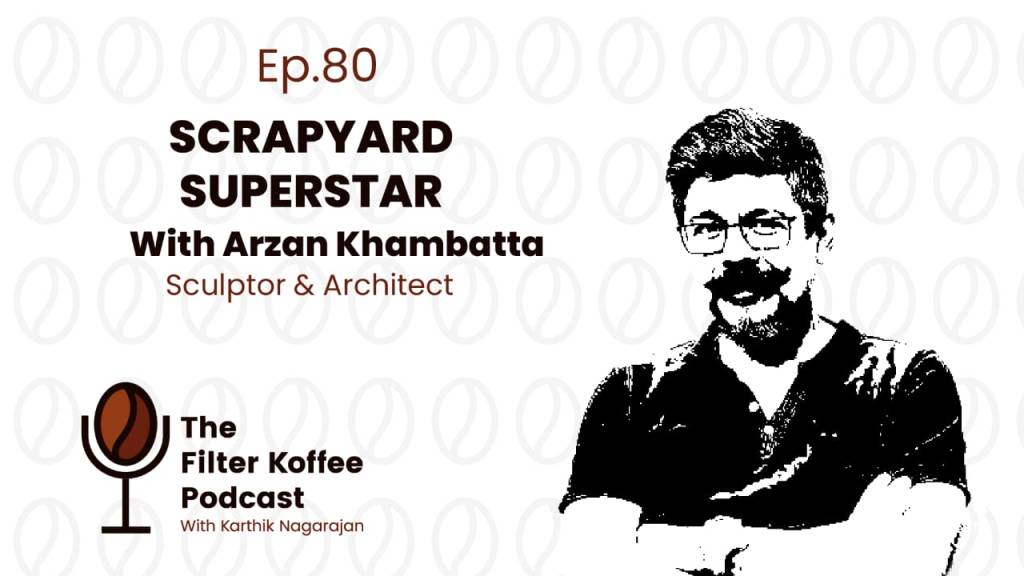
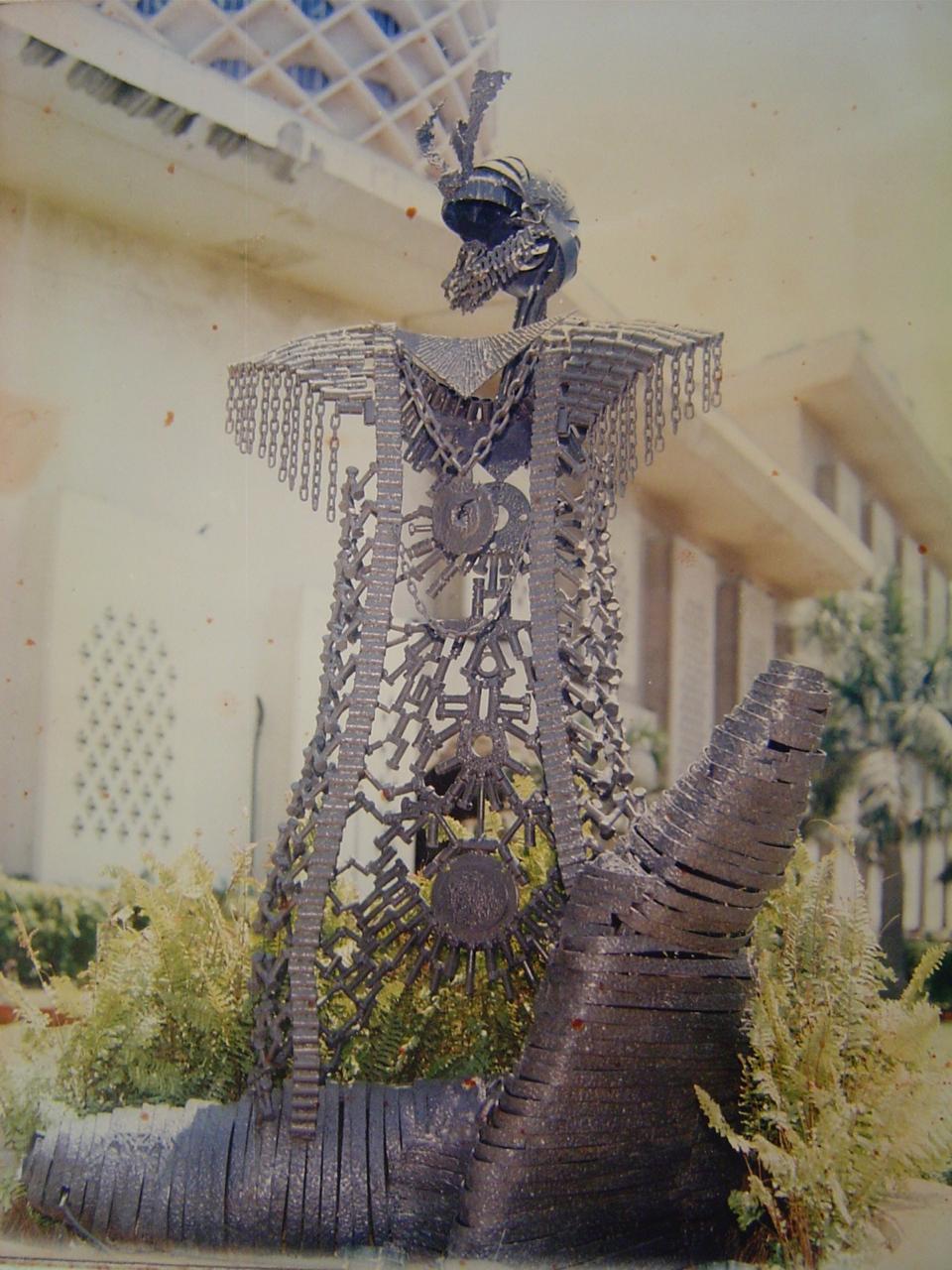

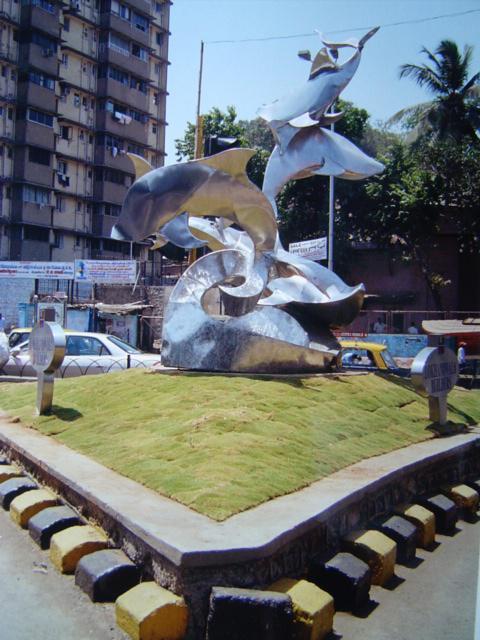





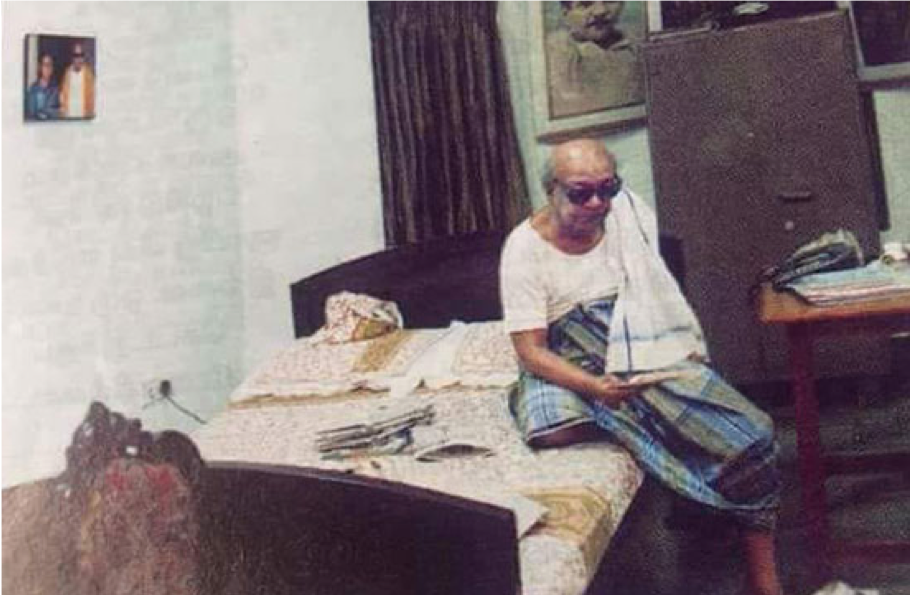
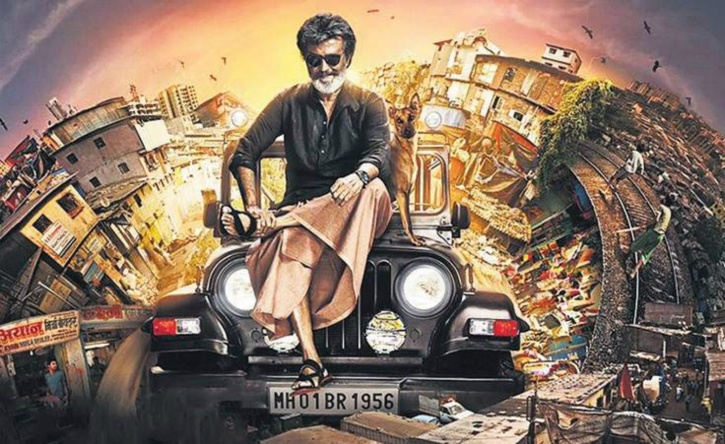


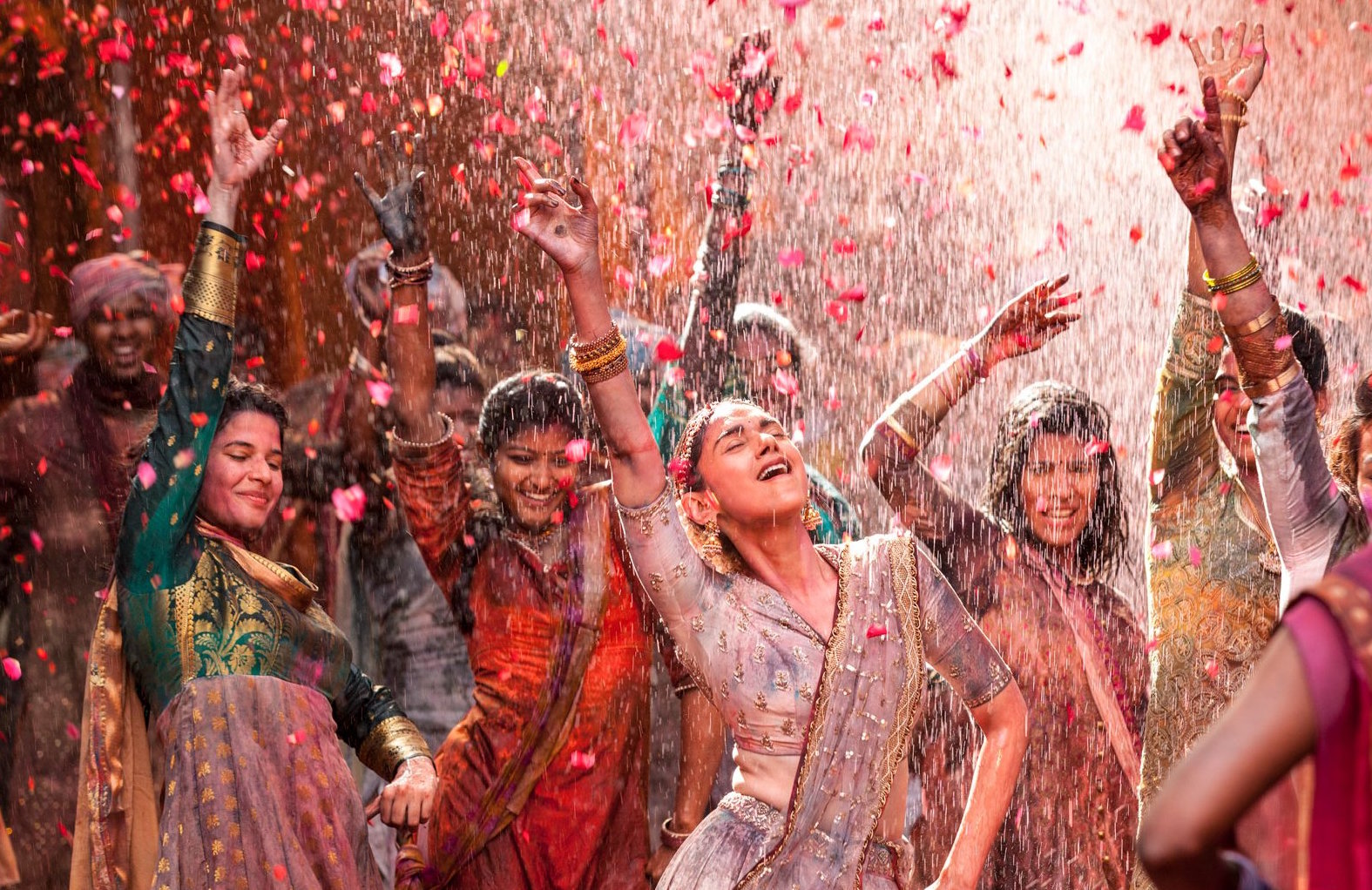



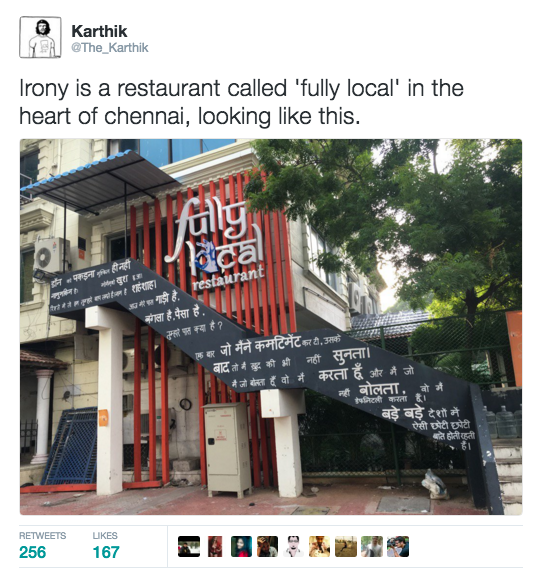

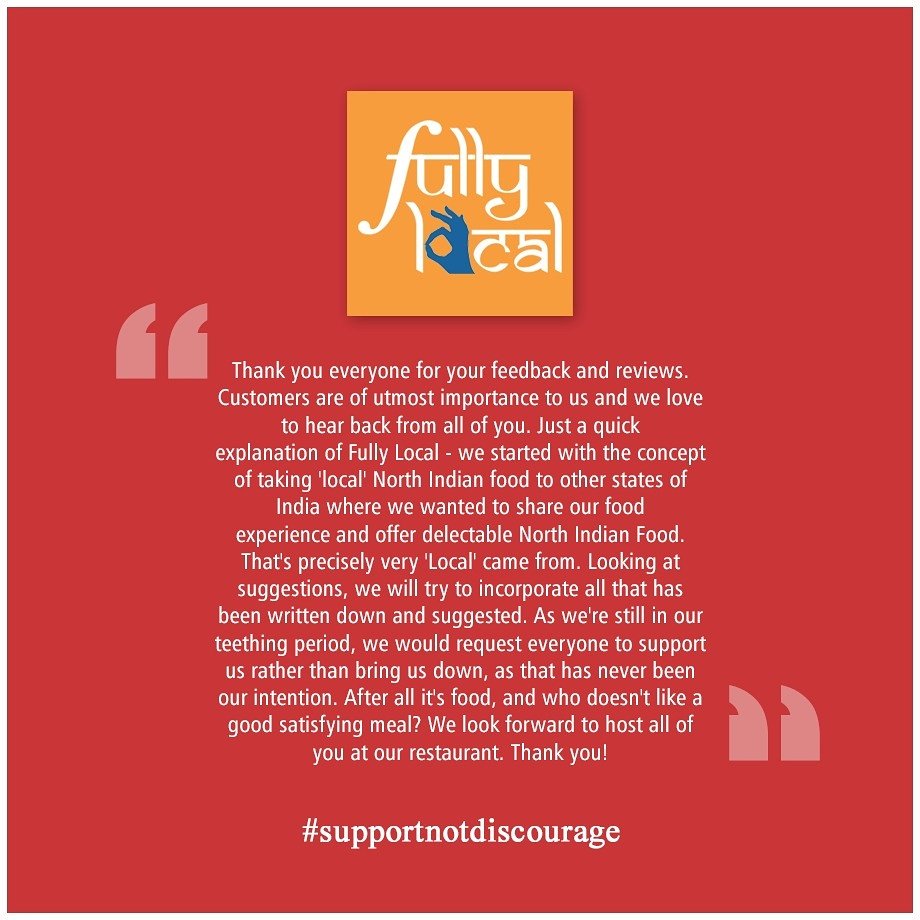
 rd solved the mystery of the demolition by mentioning that work would begin in a few weeks. Dad gave him a nod with an Einsteinish reverence. But the theatre looked in no mood to go down. The old-school lobby still had elaborately framed pictures of past glory, featuring the yesteryear star, whose family owned the place. There was more teak than steel everywhere. The old wooden box office was now being used as storage. The mosaic staircase, carved hand rails, and a defunct pop corn machine spoke of decades of tinsel glory. The hall itself was a time capsule – ceiling fans, curtained screen, cast iron guardrails, et al.
rd solved the mystery of the demolition by mentioning that work would begin in a few weeks. Dad gave him a nod with an Einsteinish reverence. But the theatre looked in no mood to go down. The old-school lobby still had elaborately framed pictures of past glory, featuring the yesteryear star, whose family owned the place. There was more teak than steel everywhere. The old wooden box office was now being used as storage. The mosaic staircase, carved hand rails, and a defunct pop corn machine spoke of decades of tinsel glory. The hall itself was a time capsule – ceiling fans, curtained screen, cast iron guardrails, et al.